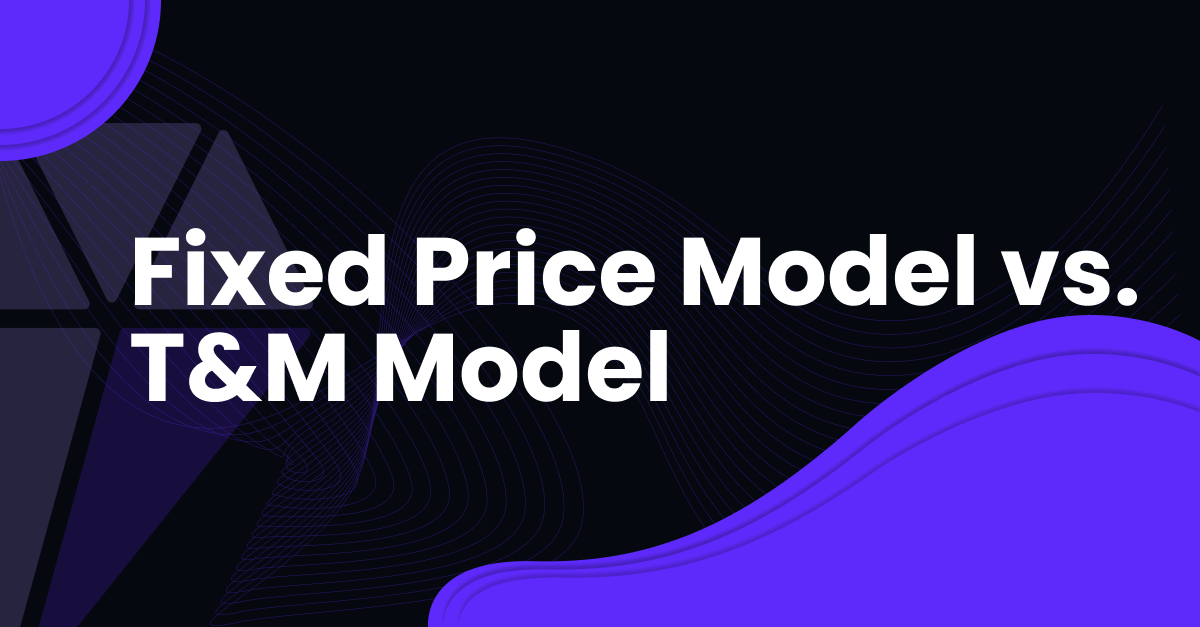Software development projects can be complex and difficult to predict, making it challenging to determine the best approach to pricing. Two common pricing models in software development are fixed price and time & material. Both have their pros and cons, and the best option depends on the specific project and its requirements. In this post, we'll explore the benefits of each pricing model and when it might make sense to use them.
Fixed Price
A fixed price model is one where a set price is agreed upon at the outset of a project, and the development team is responsible for delivering the product within that budget. This model is generally preferred when the project scope and requirements are well-defined and unlikely to change significantly during development.
The benefits of a fixed price model are:
- Cost predictability: With a fixed price, the customer knows exactly how much they will pay for the project, which can be helpful for budgeting purposes.
- Clear scope: The scope of the project is well-defined at the outset, which can help ensure that the project stays on track and within budget.
- Reduced risk: Since the customer has a clear understanding of what they will get for their money, the risk of the project going over budget or not meeting requirements is reduced.
However, fixed-price projects can be challenging for development teams. If the scope of the project changes significantly during development, it can be difficult to adapt and still meet the agreed-upon price. This can result in scope creep, where the project ends up being larger and more complex than originally planned.
Time & Material
A time & material pricing model is one where the development team charges the customer for the time and materials used during the project. This model is generally preferred when the project requirements are less well-defined, or if the project is likely to change significantly during development.
The benefits of a time & material model are:
- Flexibility: This model allows for greater flexibility if the project requirements change significantly during development. The development team can adapt to these changes and adjust the project scope as necessary.
- Transparency: Since the customer is charged based on the time and materials used, they have greater visibility into the project and its progress.
- Agility: This model is more agile and adaptable, making it easier to respond to changing requirements or new opportunities that arise during development.
However, a time & material model can be less predictable in terms of cost, which can be challenging for customers who need to budget carefully.
Which Model is Right for You?
The decision to use a fixed price or time & material pricing model depends on a variety of factors, including the project scope and requirements, the level of predictability needed, and the customer's budget. In some cases, a hybrid approach might be best, where the initial scope is defined as a fixed price and any changes beyond that are charged on a time & material basis.
if you have any questions about these models or if you need help choosing your model, you can contact us and our colleagues at Tecsters will help you.
Summary
In conclusion, both fixed price and time & material pricing models have their benefits and drawbacks. The best approach depends on the specific project and its requirements. A dedicated development team can help guide customers through this decision-making process and ensure that the pricing model chosen is the best fit for their needs.
